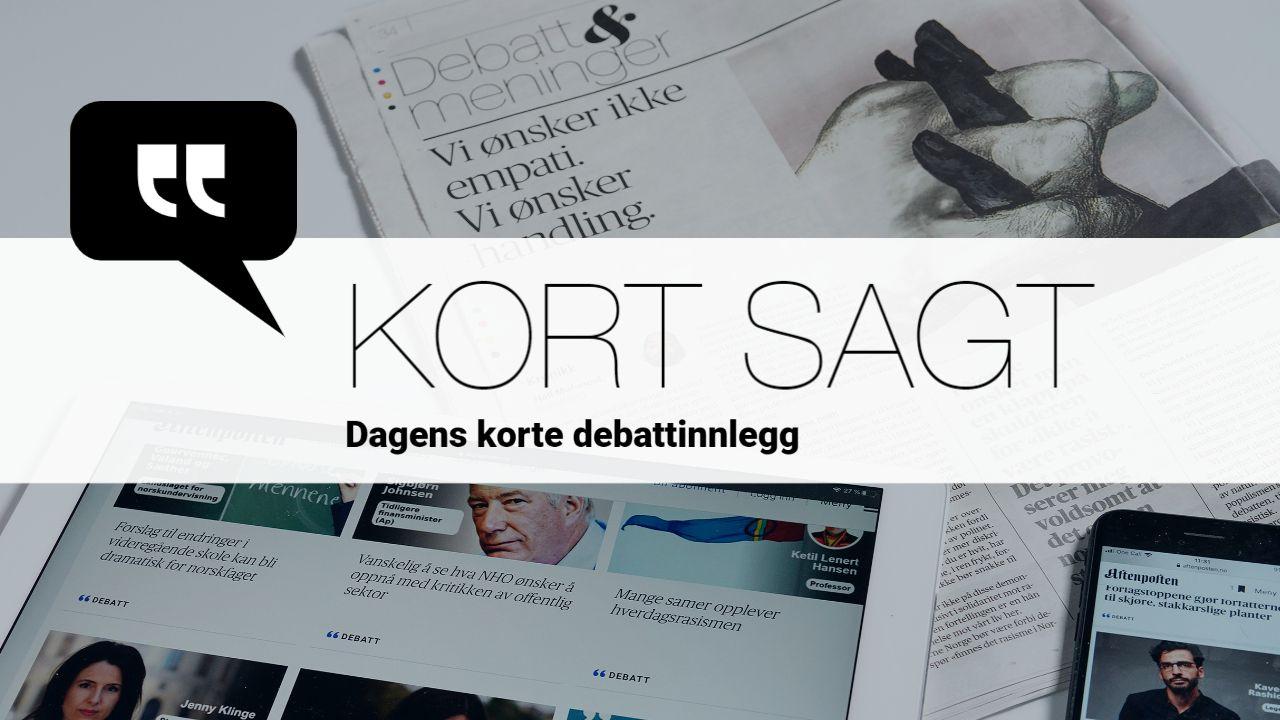Kristin Clemet pointed out in a commentary in Aftenposten on June 12 that the public sector constitutes 62 percent of the gross national product (GDP) for mainland Norway, and that share has never been higher. The numbers cannot refer to value creation in the public sector, which is natural, but may apply to public spending. This expenditure consists largely of transfers to individuals, who primarily purchase goods and services from other individuals. In addition, states and municipalities also buy heavily from the private sector.
That public sector spending as a share of mainland GDP is an uninformative figure is illustrated by the fact that household spending is larger than public sector spending. If we add the spending of non-profit organizations, companies and foreigners in Norway, we come to well over 100 percent, perhaps closer to 200 percent of mainland GDP.
A more relevant measure of the public sector’s share of the economy is how much their value creation contribution is, compared to the total value creation, i.e. GDP. In the last four quarters, value creation in the public sector amounted to just under 24.8 per cent of mainland Norway’s GDP. This proportion peaked in the first four quarters of the pandemic (2020/2021) at 26.4 percent and has not been lower since 2015. In the last six years (2016–2021) of bourgeois rule, the proportion was higher than it is now.
Torbjorn Eika,
Chief economist, municipal sector interests and employers’ organizations

“Hardcore zombie fan. Incurable internet advocate. Subtly charming problem solver. Freelance twitter ninja.”






